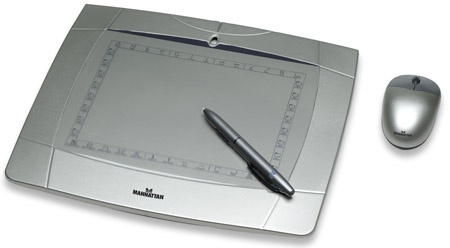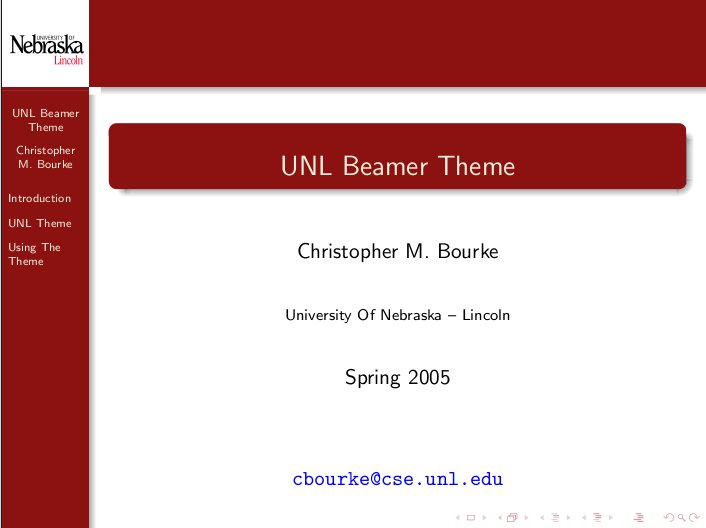
The narrow gap couette system utilizes a smaller annular gap (1.25 mm for the DIN standard vs 0.5 mm for the narrow gap system) to optimize testing of low-viscosity samples.įigure 2 - Fungilab Viscolead Pro Series Viscometer. These include bladed “vane” tools and narrow gap couette systems. Additional measuring systems allow for a wider range of product investigation and experimentation. The DIN standard sample measuring systems of cone and plate, parallel plate, and bob and cup, coupled with a wide shear rate (angular velocity 0.01–200 rad/sec), torque (0.005–20 mNm), and temperature range provide a measurable viscosity range from 1 to 1E08 cP.

The design incorporates a built-in Peltier temperature control system that permits isothermal, step, and/or ramp temperature profiles in the range –10 to 120 ☌. Conventional flow and viscosity profile experiments are another important function. Viscometer types and applicationsĪpplications of the BLACK PEARL Viscometer include the mixing, stirring, and pumping behaviors of coatings, emulsions, and dispersions. The viscometer is fully self-contained and is provided with a full suite of DIN standard measuring systems including cup and bob, parallel plate, and cone and plate.įigure 1 - BLACK PEARL Viscometer. This is done without complicated test method setup and extensive laboratory facilities such as compressed air and/or water. The BLACK PEARL Viscometer allows quick, single-point viscosity checks, along with complete flow profile determinations and yield stress measurements. It is capable of performing routine, QC-type rheological tests as well as complete rheological analysis of materials and products. The instrument is a cost-effective, simple-to-operate, multiple-use rotational viscometer that provides data similar to a more expensive rotational rheometer at a fraction of the cost. The BLACK PEARL Viscometer ( Figure 1) ( ATS RheoSystems, Bordentown, NJ) was developed to address these issues. Achieving these requirements can push the cost of acquiring simple viscometric data out of the reach of many users and applications.

Rotational rheometers can be quite expensive and complicated to use, often requiring an operator who has an advanced degree to accurately set up test methods and run the instrument. Most measurements are performed using a rotational rheometer to determine the flow characteristics of processed materials and/or flowing systems.


Simple viscosity measurements can be a daunting task for many companies.


 0 kommentar(er)
0 kommentar(er)
